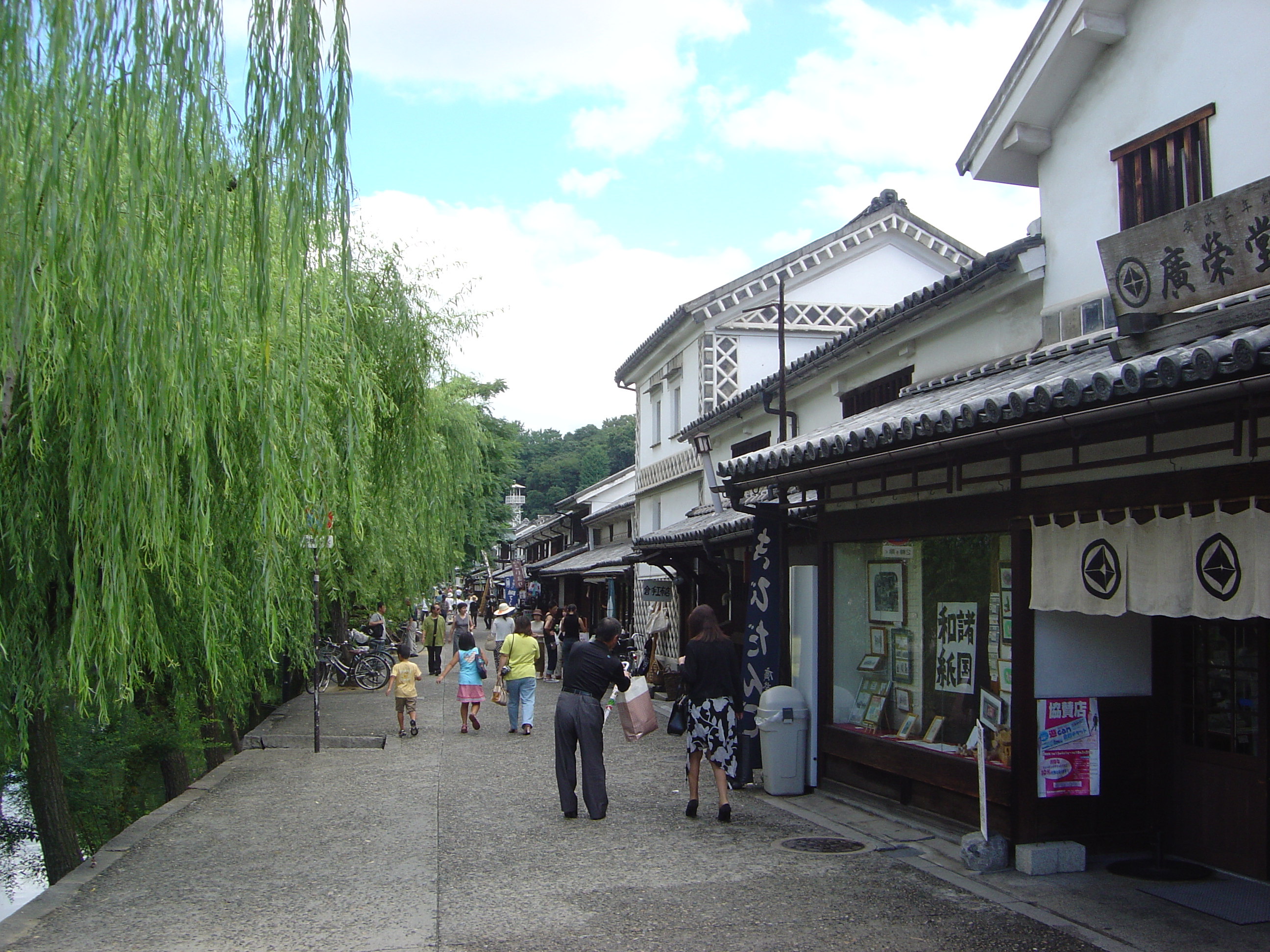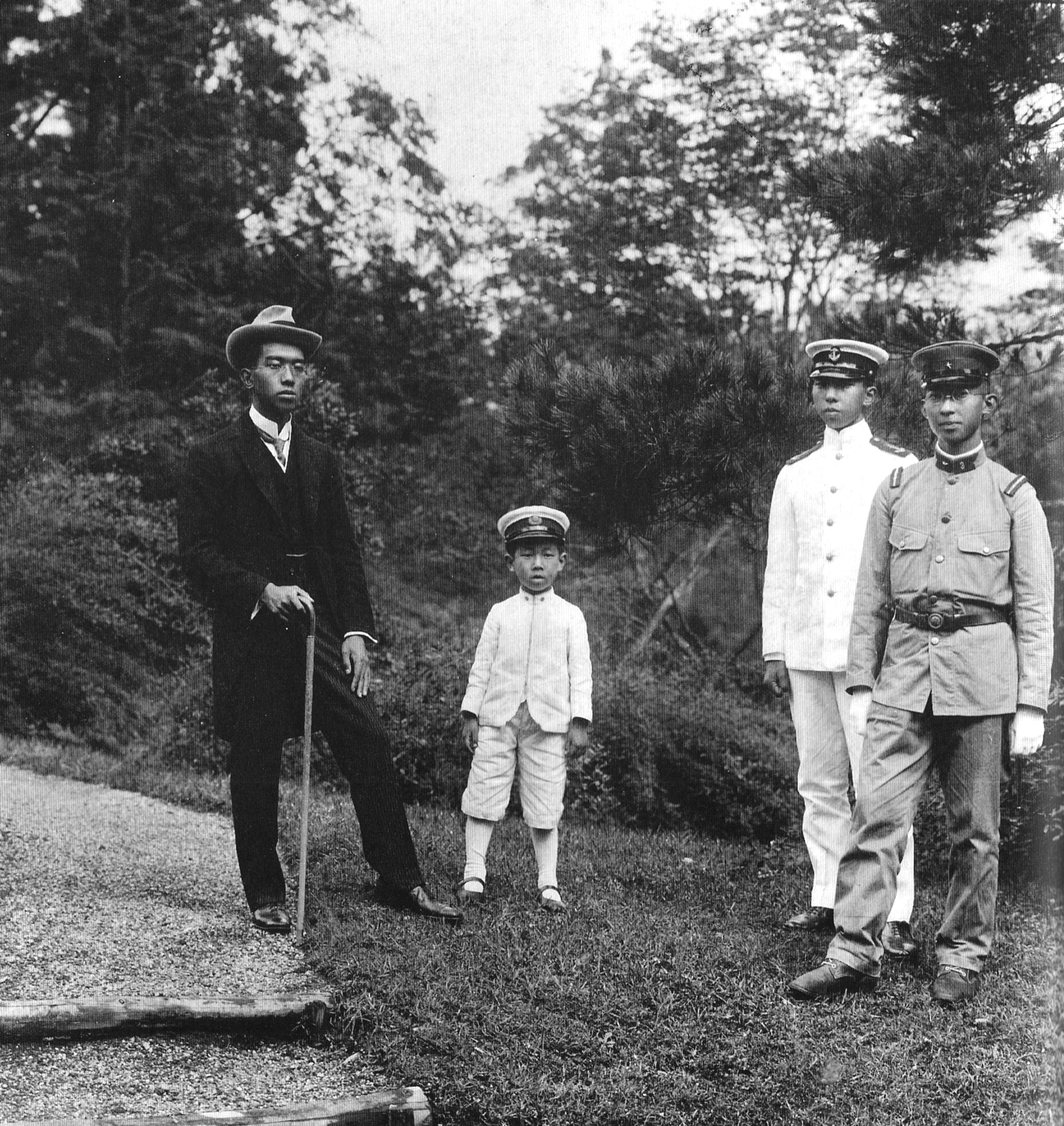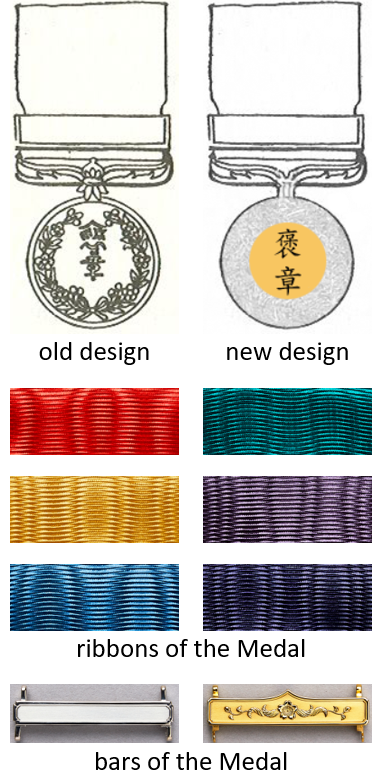|
Yasuharu Ōyama
Yasuharu Ōyama (大山 康晴 Ōyama Yasuharu, March 13, 1923 - July 26, 1992) was a professional shogi player, 15th Lifetime Meijin and president of Japan Shogi Association (1976 - 1989). He studied shogi under . He won 80 titles (2nd on record), 44 other type tournaments (2nd on record) and 1433 games (2nd on record) in life, and was awarded five lifetime titles: Lifetime Meijin, Lifetime Jūdan, Lifetime Ōi, Lifetime Kisei and Lifetime Ōshō. Among his 80 titles, 18 were the Meijin title (most prestigious title in shogi, along with Ryūō). He has appeared in the Meijin title match 25 times winning 18; he also holds the record for the most consecutive Meijin titles (13 in a row from 1959 to 1971), the most overall Meijin titles, and being the oldest player to challenge for the Meijin title, at age 63 in 1986. Ōyama played as professional from 1940 until his death in 1992. His students include Michio Ariyoshi, Isao Nakata and Hisashi Namekata. He was awarded as honorary c ... [...More Info...] [...Related Items...] OR: [Wikipedia] [Google] [Baidu] |
Kurashiki, Okayama
is a historic city located in western Okayama Prefecture, Japan, sitting on the Takahashi River, on the coast of the Inland Sea. As of March 31, 2017, the city has an estimated population of 483,576 and a population density of 1,400 persons per km². The total area is 355.63 km². History The modern city of Kurashiki was founded on April 1, 1928. Previously, it was the site of clashes between the Taira and Minamoto clans during the Heian period. It gradually developed as a river port. During the Edo period, it became an area directly controlled by the shogunate. Distinctive white-walled, black-tiled warehouses were built to store goods. During the Meiji Restoration (Japan's Industrial Revolution period), factories were built, including the Ohara Spinning Mill, which still stands as the nostalgic tourist attraction Ivy Square. On August 1, 2005, the town of Mabi (from Kibi District), and the town of Funao (from Asakuchi District) were merged with Kurashiki. Geography Cli ... [...More Info...] [...Related Items...] OR: [Wikipedia] [Google] [Baidu] |
Chess
Chess is a board game for two players, called White and Black, each controlling an army of chess pieces in their color, with the objective to checkmate the opponent's king. It is sometimes called international chess or Western chess to distinguish it from related games, such as xiangqi (Chinese chess) and shogi (Japanese chess). The recorded history of chess goes back at least to the emergence of a similar game, chaturanga, in seventh-century India. The rules of chess as we know them today emerged in Europe at the end of the 15th century, with standardization and universal acceptance by the end of the 19th century. Today, chess is one of the world's most popular games, played by millions of people worldwide. Chess is an abstract strategy game that involves no hidden information and no use of dice or cards. It is played on a chessboard with 64 squares arranged in an eight-by-eight grid. At the start, each player controls sixteen pieces: one king, one queen, two rooks, ... [...More Info...] [...Related Items...] OR: [Wikipedia] [Google] [Baidu] |
Japanese Shogi Players
Japanese may refer to: * Something from or related to Japan, an island country in East Asia * Japanese language, spoken mainly in Japan * Japanese people, the ethnic group that identifies with Japan through ancestry or culture ** Japanese diaspora, Japanese emigrants and their descendants around the world * Japanese citizens, nationals of Japan under Japanese nationality law ** Foreign-born Japanese, naturalized citizens of Japan * Japanese writing system, consisting of kanji and kana * Japanese cuisine, the food and food culture of Japan See also * List of Japanese people * * Japonica (other) * Japonicum * Japonicus This list of Latin and Greek words commonly used in systematic names is intended to help those unfamiliar with classical languages to understand and remember the scientific names of organisms. The binomial nomenclature used for animals and plants i ... * Japanese studies {{disambiguation Language and nationality disambiguation pages ... [...More Info...] [...Related Items...] OR: [Wikipedia] [Google] [Baidu] |
1992 Deaths
Year 199 ( CXCIX) was a common year starting on Monday (link will display the full calendar) of the Julian calendar. At the time, it was sometimes known as year 952 ''Ab urbe condita''. The denomination 199 for this year has been used since the early medieval period, when the Anno Domini calendar era became the prevalent method in Europe for naming years. Events By place Roman Empire * Mesopotamia is partitioned into two Roman provinces divided by the Euphrates, Mesopotamia and Osroene. * Emperor Septimius Severus lays siege to the city-state Hatra in Central-Mesopotamia, but fails to capture the city despite breaching the walls. * Two new legions, I Parthica and III Parthica, are formed as a permanent garrison. China * Battle of Yijing: Chinese warlord Yuan Shao defeats Gongsun Zan. Korea * Geodeung succeeds Suro of Geumgwan Gaya, as king of the Korean kingdom of Gaya (traditional date). By topic Religion * Pope Zephyrinus succeeds Pope Vic ... [...More Info...] [...Related Items...] OR: [Wikipedia] [Google] [Baidu] |
1923 Births
Nineteen or 19 may refer to: * 19 (number), the natural number following 18 and preceding 20 * one of the years 19 BC, AD 19, 1919, 2019 Films * ''19'' (film), a 2001 Japanese film * ''Nineteen'' (film), a 1987 science fiction film Music * 19 (band), a Japanese pop music duo Albums * ''19'' (Adele album), 2008 * ''19'', a 2003 album by Alsou * ''19'', a 2006 album by Evan Yo * ''19'', a 2018 album by MHD * ''19'', one half of the double album '' 63/19'' by Kool A.D. * '' Number Nineteen'', a 1971 album by American jazz pianist Mal Waldron * ''XIX'' (EP), a 2019 EP by 1the9 Songs * "19" (song), a 1985 song by British musician Paul Hardcastle. * "Nineteen", a song by Bad4Good from the 1992 album ''Refugee'' * "Nineteen", a song by Karma to Burn from the 2001 album ''Almost Heathen''. * "Nineteen" (song), a 2007 song by American singer Billy Ray Cyrus. * "Nineteen", a song by Tegan and Sara from the 2007 album '' The Con''. * "XIX" (song), a 2014 song by Slip ... [...More Info...] [...Related Items...] OR: [Wikipedia] [Google] [Baidu] |
Yasuhito, Prince Chichibu
, was the second son of Emperor Taishō (Yoshihito) and Empress Teimei (Sadako), a younger brother of Emperor Shōwa (Hirohito) and a general in the Imperial Japanese Army. As a member of the Imperial House of Japan, he was the patron of several sporting, medical, and international exchange organizations. Before and after World War II, the English-speaking prince and his wife attempted to foster good relations between Japan and the United Kingdom and enjoyed a good rapport with the British royal family. As with other Japanese imperial princes of his generation, he was an active-duty career officer in the Imperial Japanese Army. Like all members of the imperial family, he was exonerated from criminal prosecutions before the Tokyo tribunal by Douglas MacArthur. Background and family Born at Aoyama Detached Palace in Tokyo, the second son of Crown Prince Yoshihito (later Emperor Taishō) and Crown Princess Sadako (later Empress Teimei), the prince was originally titled ''Atsu no ... [...More Info...] [...Related Items...] OR: [Wikipedia] [Google] [Baidu] |
Yoshio Kimura (shogi)
was a Japanese professional shogi player who achieved the rank of 8- dan (which was the highest dan level during his time). He was a Lifetime Meijin who won the title eight times. At the time, the Meijin title was the only shogi title. Gallery File:Prince Chichibu in Shogi Contest 1952 Scan10009.JPG, Kimura (right) playing against Yasuharu Ōyama in 1952 with Prince Chichibu present File:The board when Oyama defeated Kimura.JPG, board when Ōyama defeated Kimura (1952 July 15) File:Yoshio Kimura Shogi 1951 Scan10012.JPG, Kimura (1951 January 27) References External links *将棋DB2:1952-07-12 名人戦 大山康晴 vs 木村義雄 Japanese shogi players Deceased professional shogi players Recipients of the Medal with Purple Ribbon Recipients of the Order of the Rising Sun, 3rd class Professional shogi players from Tokyo Meijin (shogi) Lifetime titles People from Sumida 1905 births 1986 deaths {{authority control ... [...More Info...] [...Related Items...] OR: [Wikipedia] [Google] [Baidu] |
List Of Japanese Court Ranks, Positions And Hereditary Titles
The court ranks of Japan, also known in Japanese as ''ikai'' (位階), are indications of an individual's court rank in Japan based on the system of the state. ''Ikai'' as a system was originally used in the Ritsuryo system, which was the political administration system used in ancient China, and the indication of the rank of bureaucrats and officials in countries that inherited (class system). Currently, the Japanese court ranks and titles are now one of the types of honours conferred to those who have held government posts for a long time and to those who have made distinguished achievements. In recent times, most appointments, if not all, are offered posthumously. A recent recipient of such a court rank is the late former prime minister Shinzo Abe Shinzo Abe ( ; ja, 安倍 晋三, Hepburn romanization, Hepburn: , ; 21 September 1954 – 8 July 2022) was a Japanese politician who served as Prime Minister of Japan and President of the Liberal Democratic Party (Japan), P ... [...More Info...] [...Related Items...] OR: [Wikipedia] [Google] [Baidu] |
Order Of The Sacred Treasure
The is a Japanese order, established on 4 January 1888 by Emperor Meiji as the Order of Meiji. Originally awarded in eight classes (from 8th to 1st, in ascending order of importance), since 2003 it has been awarded in six classes, the lowest two medals being abolished that year. Originally a male-only decoration, the order has been made available to women since 1919. The Order of the Sacred Treasure, which had 8 ranks until 2003, was awarded as a slightly lower rank than the Order of the Rising Sun for men and the Order of the Precious Crown for women. For example, the 1st class of the Order of the Sacred Treasure has been treated as between the 1st class and the 2nd class of the Order of the Rising Sun and the Order of the Precious Crown, and the 2nd class of the Order of the Sacred Treasure has been treated as between the 2nd class and the 3rd class of the Order of the Rising Sun and the Order of the Precious Crown. [...More Info...] [...Related Items...] OR: [Wikipedia] [Google] [Baidu] |
Person Of Cultural Merit
is an official Japanese recognition and honor which is awarded annually to select people who have made outstanding cultural contributions. This distinction is intended to play a role as a part of a system of support measures for the promotion of creative activities in Japan. By 1999, 576 people had been selected as Persons of Cultural Merit. Ministry of Education, Culture, Sports, Science and Technology (Japan) ''Culture 2000''./ref> System of recognition The Order of Culture and Persons of Cultural Merit function in tandem to honor those who have contributed to the advancement and development of Japanese culture in a variety of fields, including academia, arts, science and sports. ''Yomiuri Shimbun.'' October 29, 2008. Persons of Cultural Merit [...More Info...] [...Related Items...] OR: [Wikipedia] [Google] [Baidu] |
Kikuchi Kan Prize
The honors achievement in all aspects of Japanese literary culture. It was named in honor of Kikuchi Kan. The prize is presented annually by the literary magazine '' Bungei Shunjū'' and the Society for the Promotion of Japanese Literature. History The original Kikuchi Kan Prize was proposed by Kikuchi as an award to honor the elders of the literary world. It was established in 1938. In keeping with the intent of the prize, the jury was made up of novelists aged 45 or younger, and recipients were novelists aged 46 or older. The prize lapsed after six years, but was revived in 1952 following Kikuchi's death. The range of recipients was enlarged to honor achievements in cinema, broadcasting, and other fields in contemporary literary culture. The jury meets in October to consider works published from September 1 of the previous year through August 31, and awards are announced in the December issue of ''Bungei Shunjū''. Select list of prizewinners The list of prizewinners includes a ... [...More Info...] [...Related Items...] OR: [Wikipedia] [Google] [Baidu] |
Medals Of Honor (Japan)
are medals awarded by the Government of Japan. They are awarded to individuals who have done meritorious deeds and also to those who have achieved excellence in their field of work. The Medals of Honor were established on December 7, 1881, and were first awarded the following year. Several expansions and amendments have been made since then. The medal design for all six types are the same, bearing the stylized characters on a gilt central disc surrounded by a silver ring of cherry blossoms on the obverse; only the colors of the ribbon differ. If for some reason an individual were to receive a second medal of the same ribbon colour, then a second medal is not issued but rather a new bar is added to their current medal. The Medals of Honor are awarded twice each year, on April 29 (the birthday of the Shōwa Emperor) and November 3 (the birthday of the Meiji Emperor). Types Red ribbon First awarded in 1882. Awarded to individuals who have risked their own lives to save the l ... [...More Info...] [...Related Items...] OR: [Wikipedia] [Google] [Baidu] |





